Home>Storage & Organization>Closet & Wardrobe Organization>How To Organize A Lazy Susan Cabinet
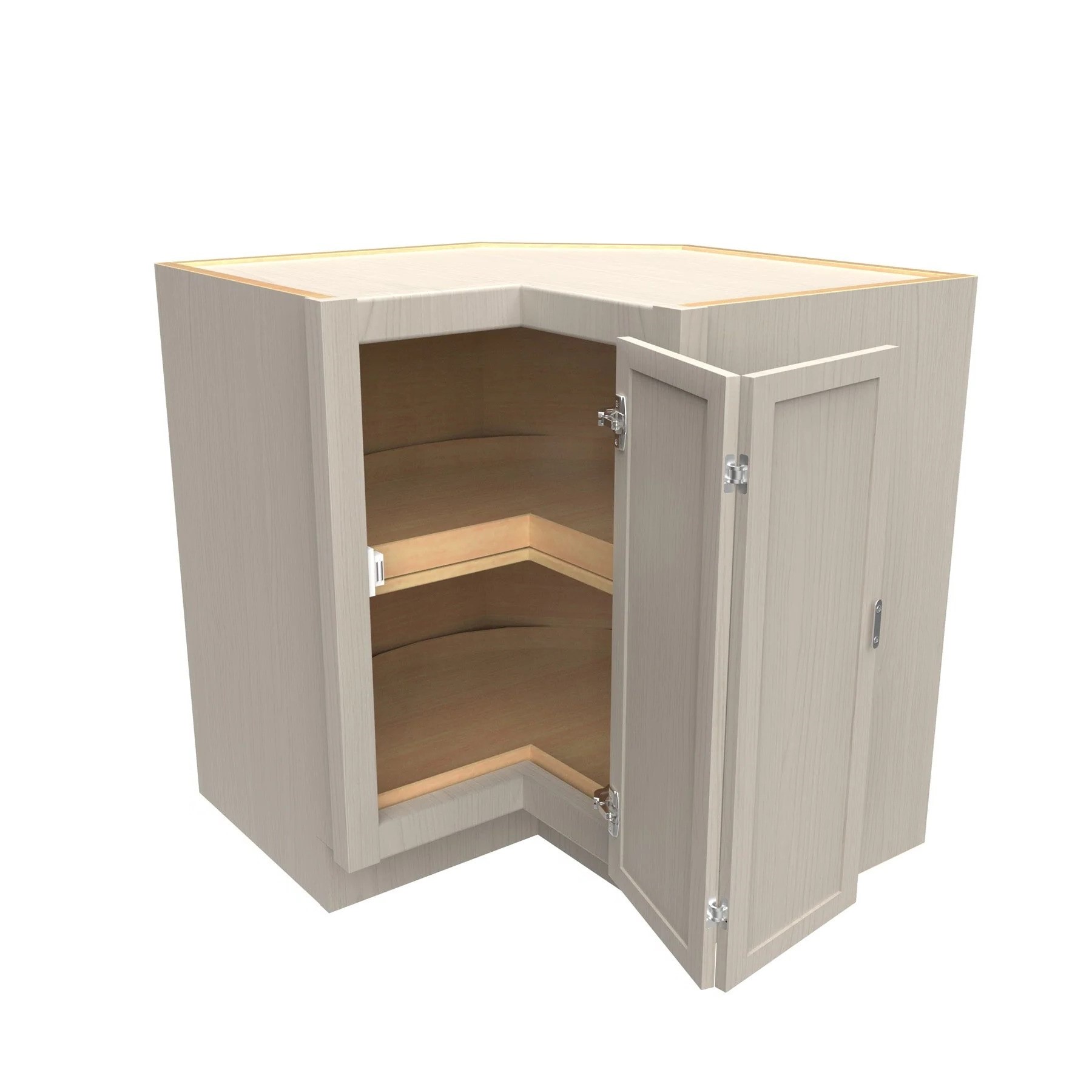

Closet & Wardrobe Organization
How To Organize A Lazy Susan Cabinet
Published: March 1, 2024
Learn how to maximize space and improve accessibility in your closet with our expert tips for organizing a Lazy Susan cabinet. Discover efficient closet and wardrobe organization ideas now!
(Many of the links in this article redirect to a specific reviewed product. Your purchase of these products through affiliate links helps to generate commission for Storables.com, at no extra cost. Learn more)
Introduction
Are you tired of rummaging through your kitchen cabinets, trying to find that elusive spice jar or can of soup? If so, it might be time to organize your Lazy Susan cabinet. A Lazy Susan cabinet is a fantastic storage solution for kitchen items, but it can quickly become a chaotic mess if not properly organized. In this article, we will guide you through the process of organizing your Lazy Susan cabinet, from assessing your cabinet space to choosing the right Lazy Susan and maintaining its organization. Let's dive in and transform your cluttered cabinet into a well-organized and efficient storage space!
Key Takeaways:
- Transform your cluttered Lazy Susan into an efficient storage space by categorizing items, utilizing containers, and optimizing vertical space. Regularly rotate and rearrange items to maintain organization and prevent clutter.
- Choose the right Lazy Susan by considering type, material, adjustability, installation, and weight capacity. Maintain organization through regular inspections, decluttering sessions, and consistent cleaning and maintenance.
Read more: What To Put In A Lazy Susan Cabinet
Assessing Your Cabinet Space
-
Take Inventory: The first step in organizing your Lazy Susan cabinet is to take stock of what you currently have stored in it. Remove all items from the cabinet and lay them out on your kitchen counter. This will give you a clear view of the items you need to organize and help you identify any unnecessary or expired items that can be discarded.
-
Measure the Cabinet: Before purchasing any organizing tools or containers, it's essential to measure the dimensions of your Lazy Susan cabinet. This includes the diameter of the shelves and the height of the cabinet. These measurements will help you determine the types of Lazy Susans and storage containers that will fit comfortably within the space.
-
Assess Accessibility: Consider how easily you can access items in your Lazy Susan cabinet. Are there any items that are difficult to reach or often get pushed to the back and forgotten? Assessing the accessibility of your cabinet will help you determine the best organizational solutions to maximize usability.
-
Identify Problem Areas: Take note of any specific problem areas within the cabinet. This could include items that frequently topple over, cluttered corners, or wasted vertical space. Identifying these issues will guide your organizational efforts and help you select the most suitable Lazy Susan and storage solutions.
By thoroughly assessing your cabinet space, you'll gain valuable insights into the specific organizational challenges you need to address. This will set the foundation for creating an efficient and functional storage system within your Lazy Susan cabinet.
Choosing the Right Lazy Susan
When it comes to selecting the right Lazy Susan for your cabinet, there are several factors to consider to ensure it maximizes your storage space and fits your organizational needs.
-
Type of Lazy Susan: There are different types of Lazy Susans, including full-circle, half-moon, kidney-shaped, and D-shaped. Each type offers unique advantages in terms of accessibility and storage capacity. Consider the shape and size of your cabinet, as well as the items you plan to store, when choosing the type of Lazy Susan that will work best for your space.
-
Material: Lazy Susans are available in various materials, such as plastic, wood, and metal. The material you choose should be durable, easy to clean, and capable of supporting the weight of the items you intend to store. Additionally, consider the aesthetic appeal of the material and how it complements your cabinet and kitchen decor.
-
Adjustability: Some Lazy Susans come with adjustable shelves or rotating mechanisms, allowing you to customize the configuration based on the items you need to store. Adjustable Lazy Susans provide versatility and can adapt to changes in your storage needs over time.
-
Installation: Consider the ease of installation when choosing a Lazy Susan. Some models require simple DIY installation, while others may need professional installation. Ensure that the chosen Lazy Susan is compatible with the dimensions and structure of your cabinet for a seamless and secure fit.
-
Weight Capacity: Assess the weight capacity of the Lazy Susan to ensure it can accommodate the items you plan to store. Heavier items, such as pots and pans, require a sturdier Lazy Susan with a higher weight capacity to prevent sagging or instability.
By carefully considering these factors, you can select a Lazy Susan that not only optimizes your cabinet space but also enhances the functionality and accessibility of your storage system.
Use clear containers or bins to group similar items together in your lazy susan cabinet. This will make it easier to find what you need and keep the space organized.
Organizing Your Lazy Susan
Organizing your Lazy Susan is a crucial step in maximizing its storage potential and creating a functional and efficient cabinet space. Follow these steps to transform your cluttered Lazy Susan into a well-organized storage solution:
-
Categorize Items: Begin by categorizing the items you plan to store in the Lazy Susan. Group similar items together, such as spices, canned goods, condiments, or baking supplies. This will help you visualize how to allocate space within the Lazy Susan and make it easier to locate specific items when needed.
-
Utilize Containers: Invest in storage containers or bins to corral smaller items and prevent them from rolling or shifting around the Lazy Susan. Clear, stackable containers or bins with handles are ideal for organizing items like spice jars, packets, and smaller condiments. Utilizing containers not only keeps the items neatly contained but also simplifies the process of removing and returning them to the Lazy Susan.
-
Optimize Vertical Space: Make use of the vertical space within the Lazy Susan by incorporating tiered shelving or risers. These accessories allow you to create multiple levels within the cabinet, maximizing storage capacity and making it easier to see and access items stored at the back of the shelves.
-
Strategic Placement: When arranging items within the Lazy Susan, place frequently used items towards the front for easy access. Store heavier or bulkier items towards the center of the Lazy Susan to distribute weight evenly and prevent instability. Additionally, consider the height of items to ensure that taller containers or bottles do not obstruct the rotation of the Lazy Susan.
-
Labeling: Implement a labeling system to identify the contents of containers or to mark specific sections within the Lazy Susan. Labeling not only enhances organization but also simplifies the process of locating items, especially for household members who may not be familiar with the cabinet's layout.
-
Rotate and Rearrange: Periodically rotate and rearrange the items within the Lazy Susan to prevent items from being forgotten or expiring at the back of the shelves. Regularly reassessing the organization of the cabinet will help maintain its efficiency and prevent clutter from accumulating.
By following these organizational strategies, you can effectively utilize the space within your Lazy Susan cabinet and create a well-organized storage system that streamlines your kitchen routines.
Maintaining Your Organized Cabinet
Maintaining the organization of your Lazy Susan cabinet is essential for preserving its functionality and preventing clutter from reemerging. Follow these tips to ensure that your organized cabinet remains efficient and tidy:
-
Regular Inspections: Schedule regular inspections of your Lazy Susan cabinet to assess its organization and identify any signs of disarray. This proactive approach allows you to address any emerging issues promptly and prevent them from escalating into a disorganized mess.
-
Decluttering Sessions: Periodically conduct decluttering sessions to review the contents of your Lazy Susan cabinet. Discard expired items, consolidate duplicates, and remove any items that no longer serve a purpose. Decluttering prevents unnecessary accumulation and maintains an organized storage space.
-
Reevaluation of Needs: As your kitchen needs evolve, periodically reevaluate the organization of your Lazy Susan cabinet. Consider changes in your cooking habits, new additions to your kitchen inventory, or shifts in storage requirements. Adapting the organization to align with your current needs ensures that the cabinet remains tailored to your specific requirements.
-
Cleaning and Maintenance: Regularly clean the interior of your Lazy Susan cabinet to remove any spills, crumbs, or debris. Wipe down the shelves and containers to maintain a hygienic storage environment. Additionally, inspect the rotating mechanism of the Lazy Susan for any signs of wear and perform any necessary maintenance to ensure smooth operation.
-
Consistent Organization: Encourage household members to adhere to the organizational system within the Lazy Susan cabinet. Communicate the designated locations for specific items and emphasize the importance of returning items to their designated spots after use. Consistent organization habits prevent chaos from resurfacing.
-
Adaptation to Feedback: Pay attention to feedback from household members regarding the organization of the Lazy Susan cabinet. Consider their input and suggestions for improving the layout or addressing any accessibility issues. Collaboration fosters a sense of ownership and encourages everyone to contribute to maintaining an organized cabinet.
By implementing these maintenance practices, you can uphold the organization of your Lazy Susan cabinet and enjoy a streamlined and efficient storage space in your kitchen.
Frequently Asked Questions about How To Organize A Lazy Susan Cabinet
Was this page helpful?
At Storables.com, we guarantee accurate and reliable information. Our content, validated by Expert Board Contributors, is crafted following stringent Editorial Policies. We're committed to providing you with well-researched, expert-backed insights for all your informational needs.
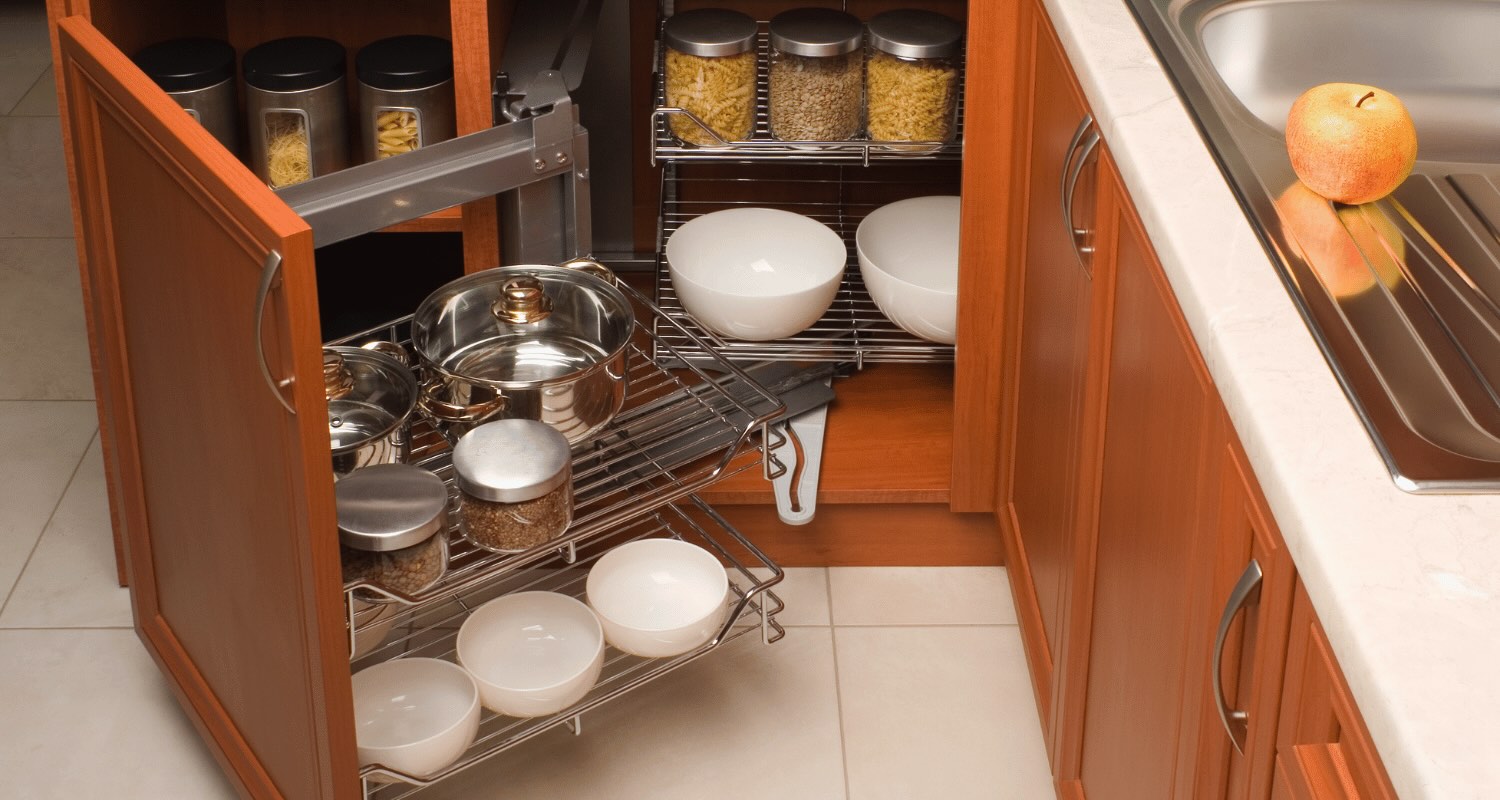
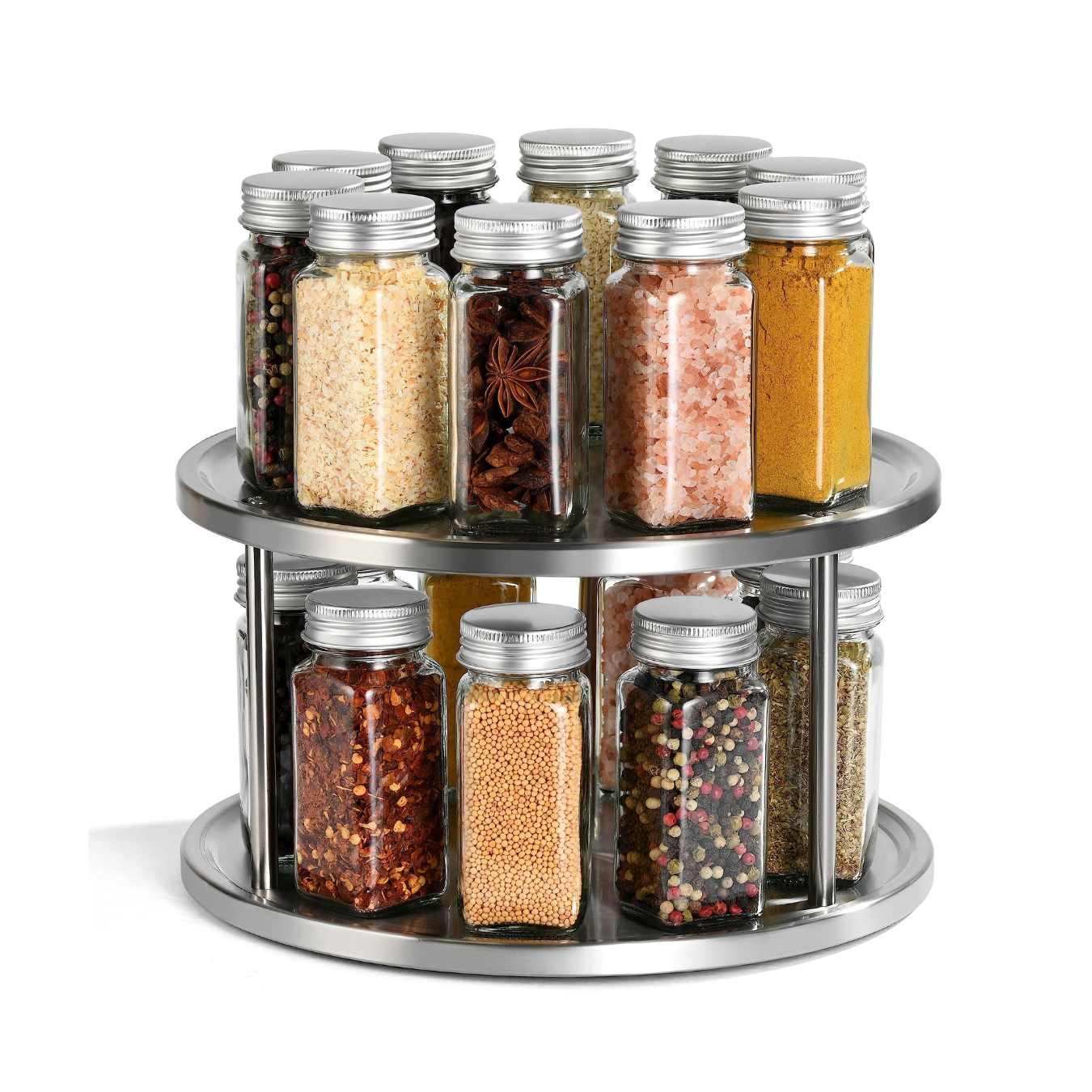
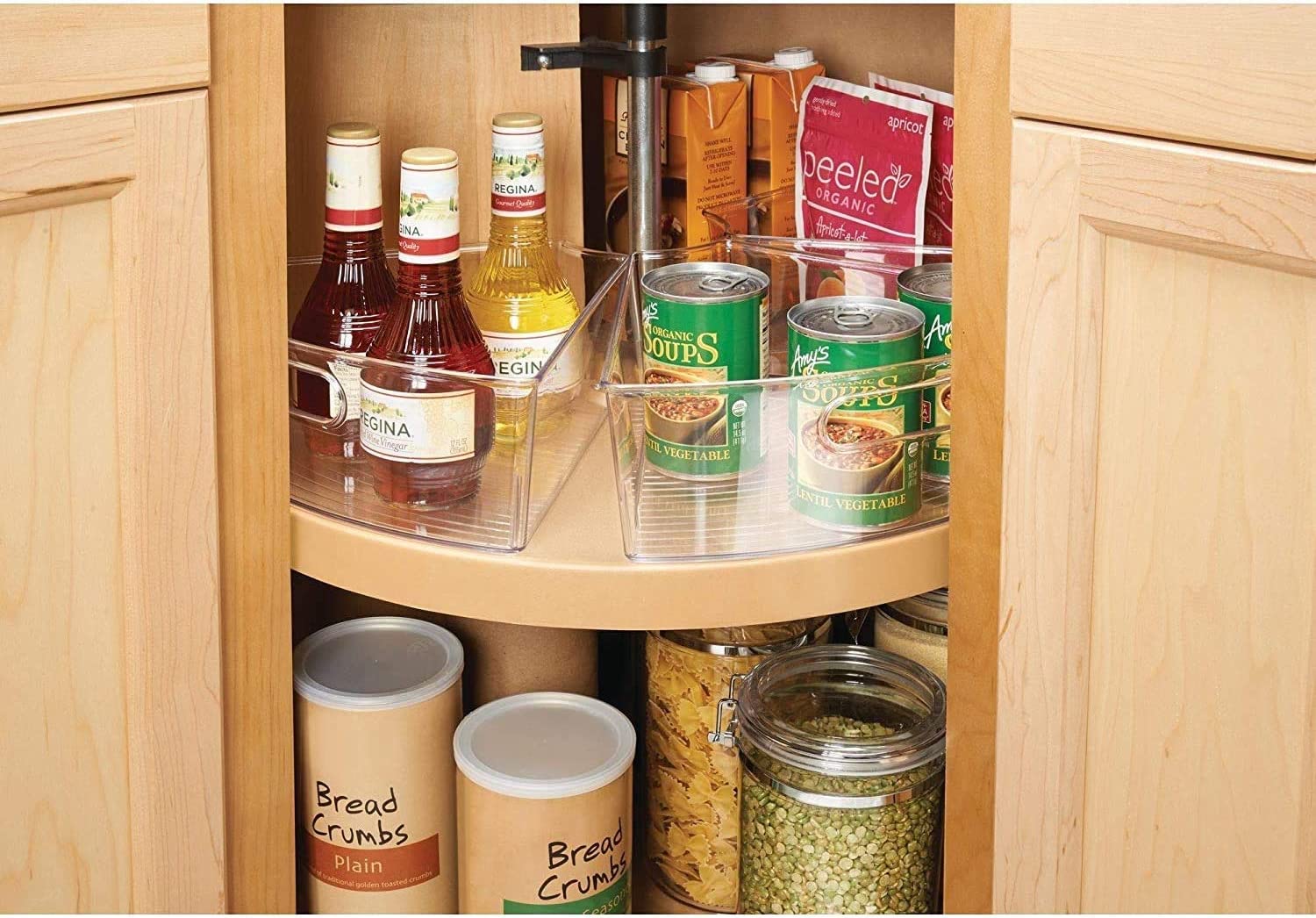
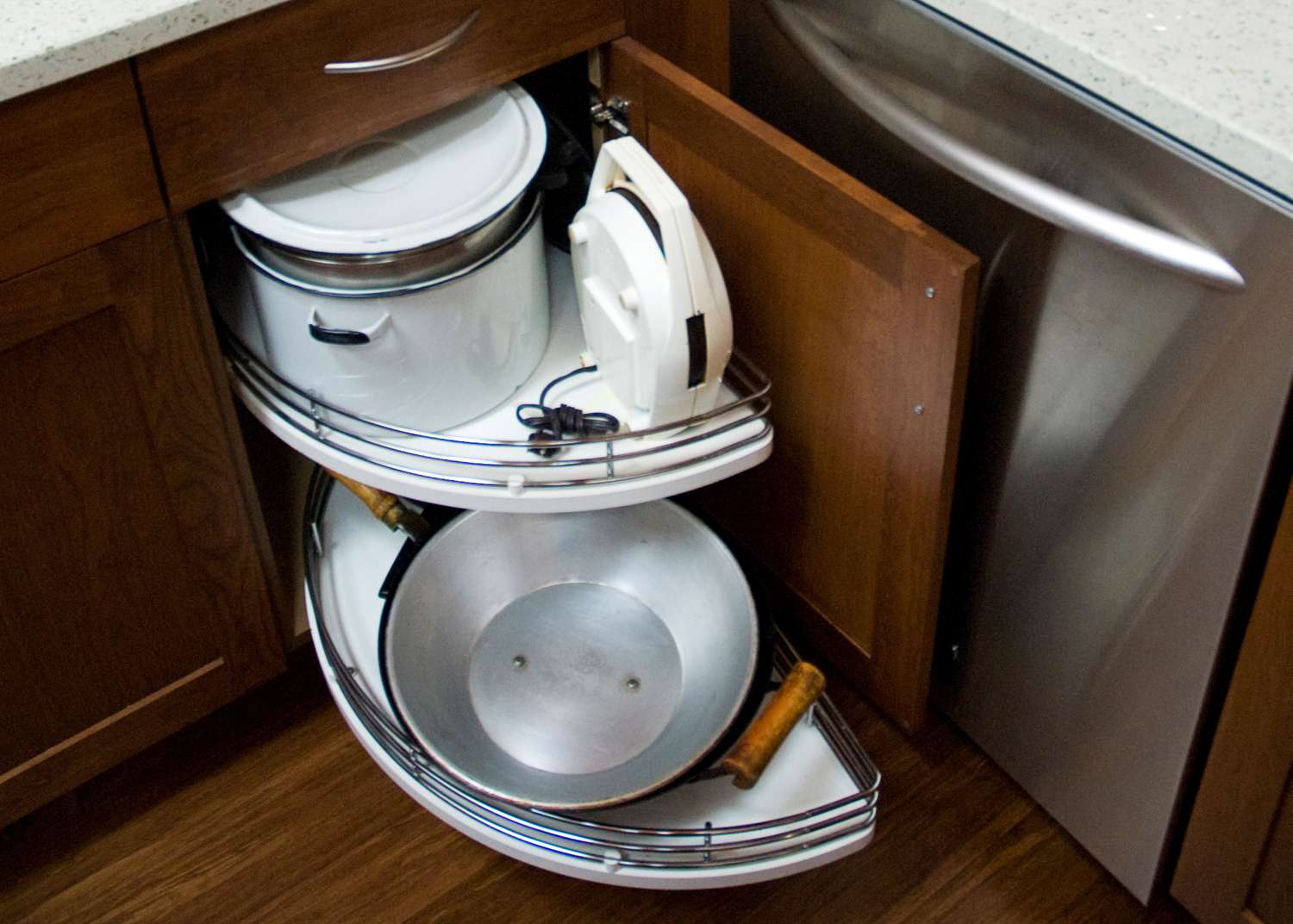
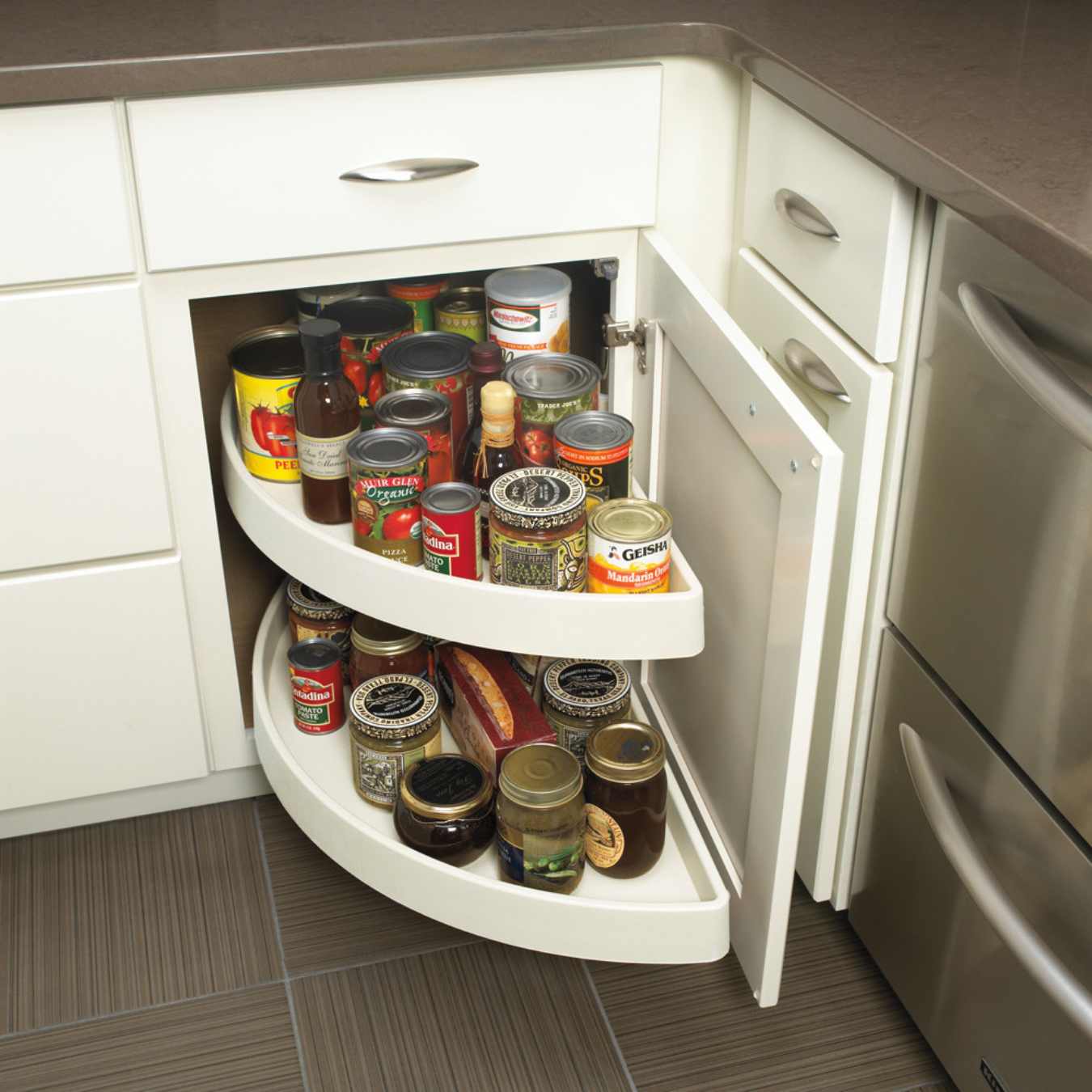
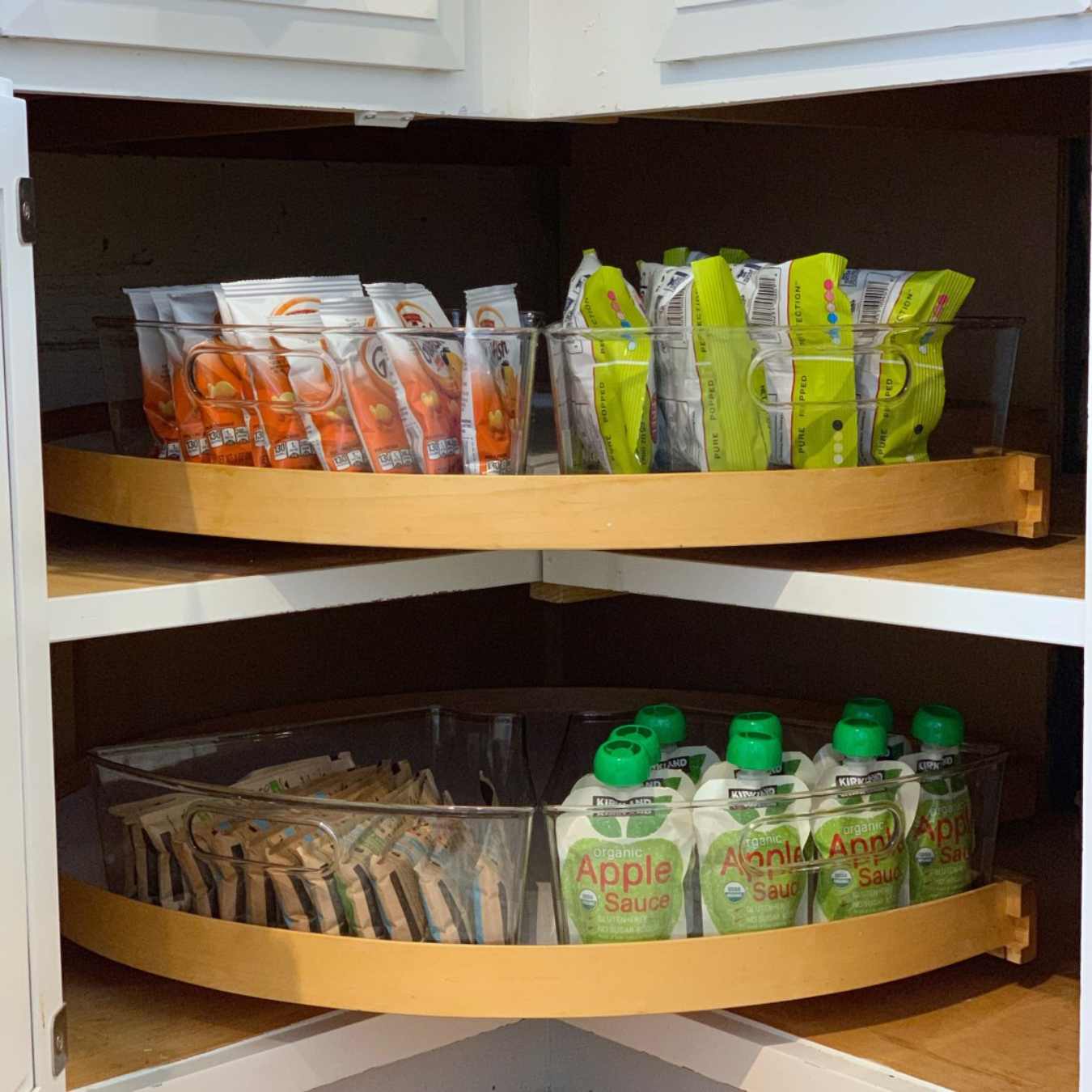
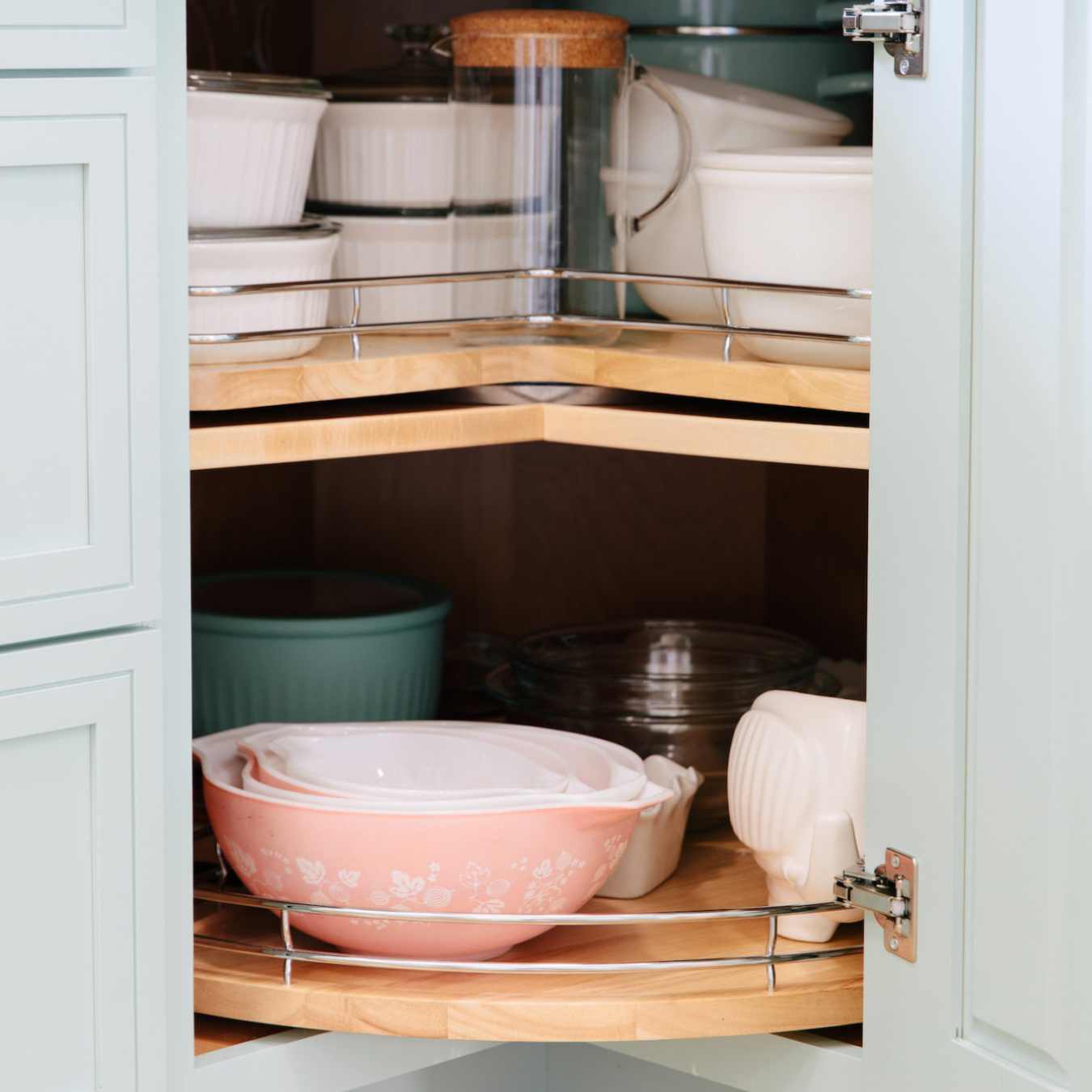
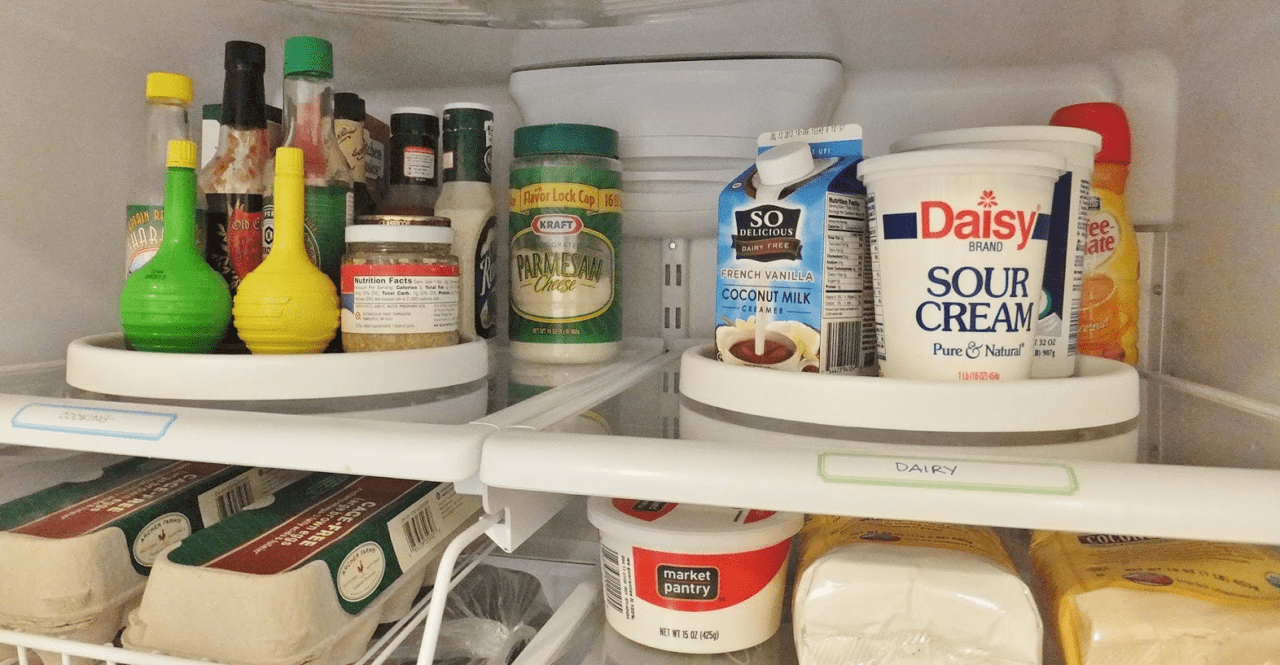
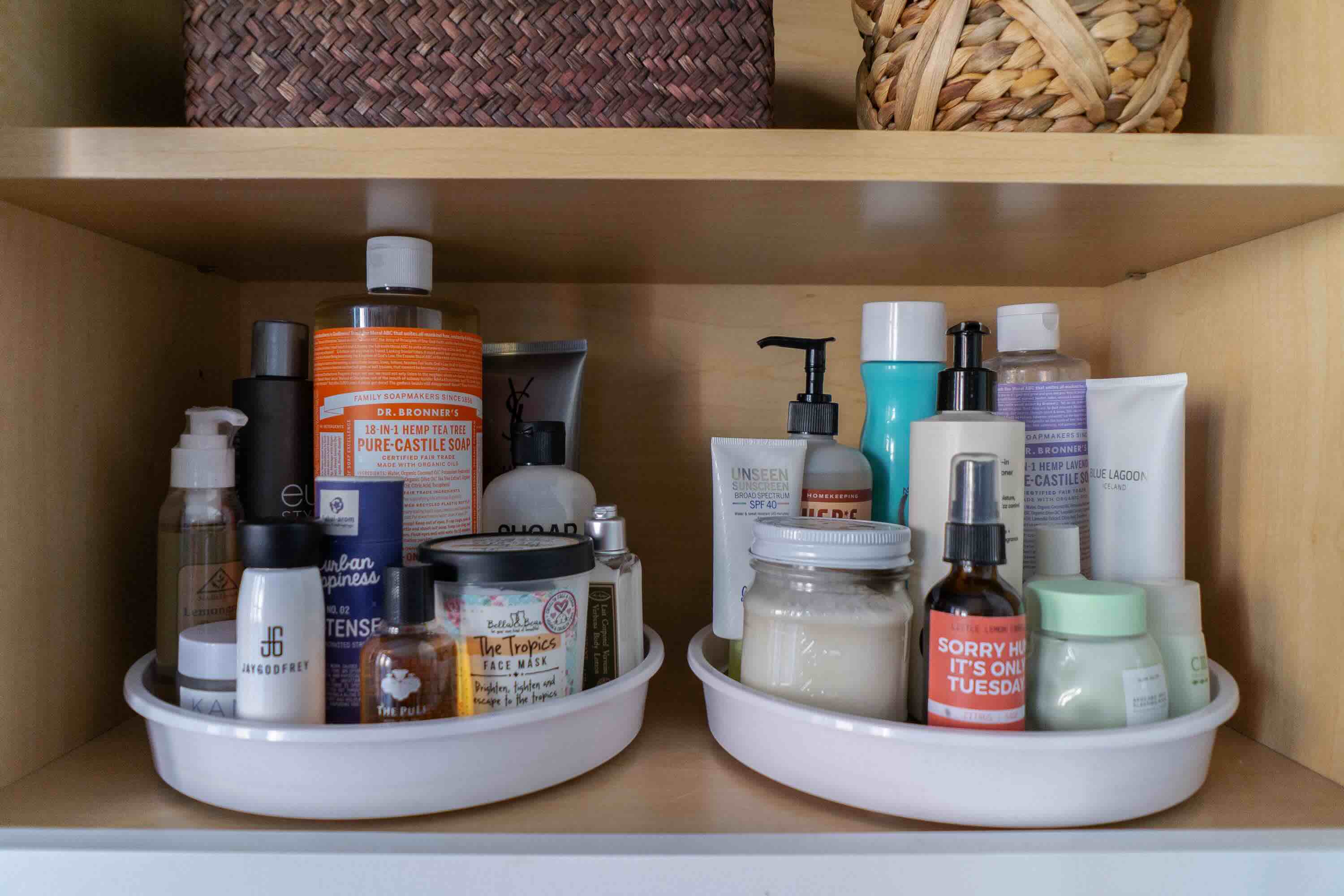
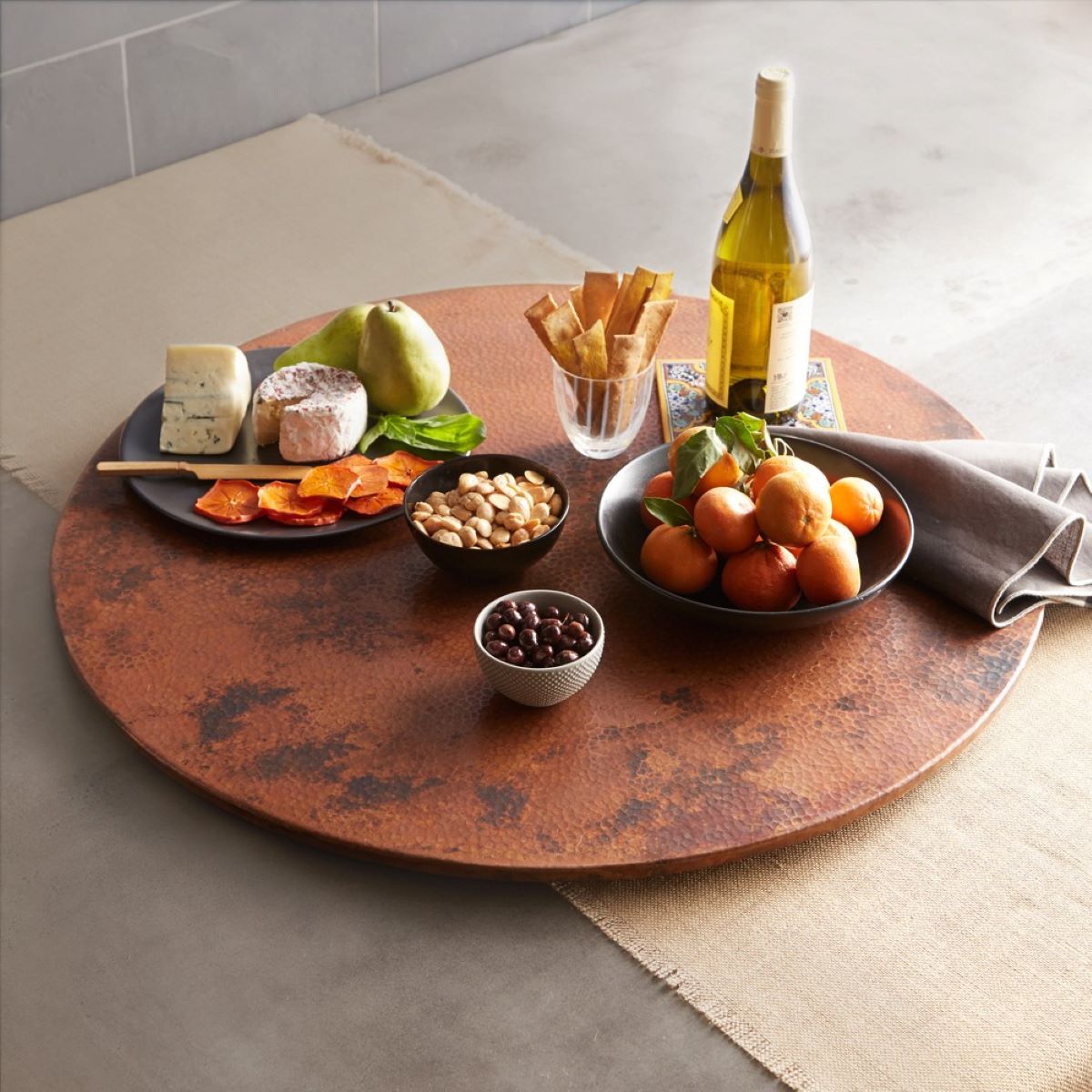
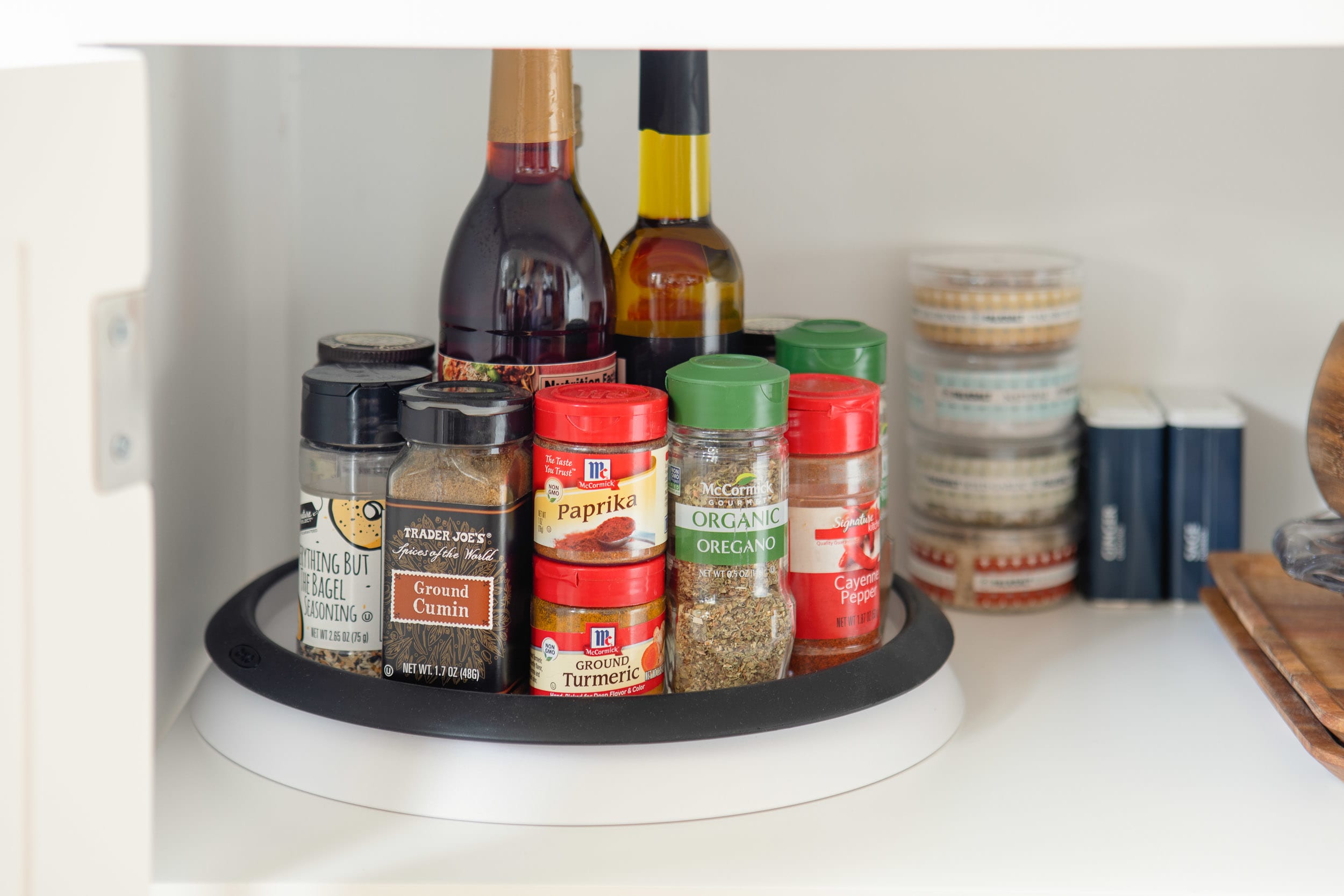
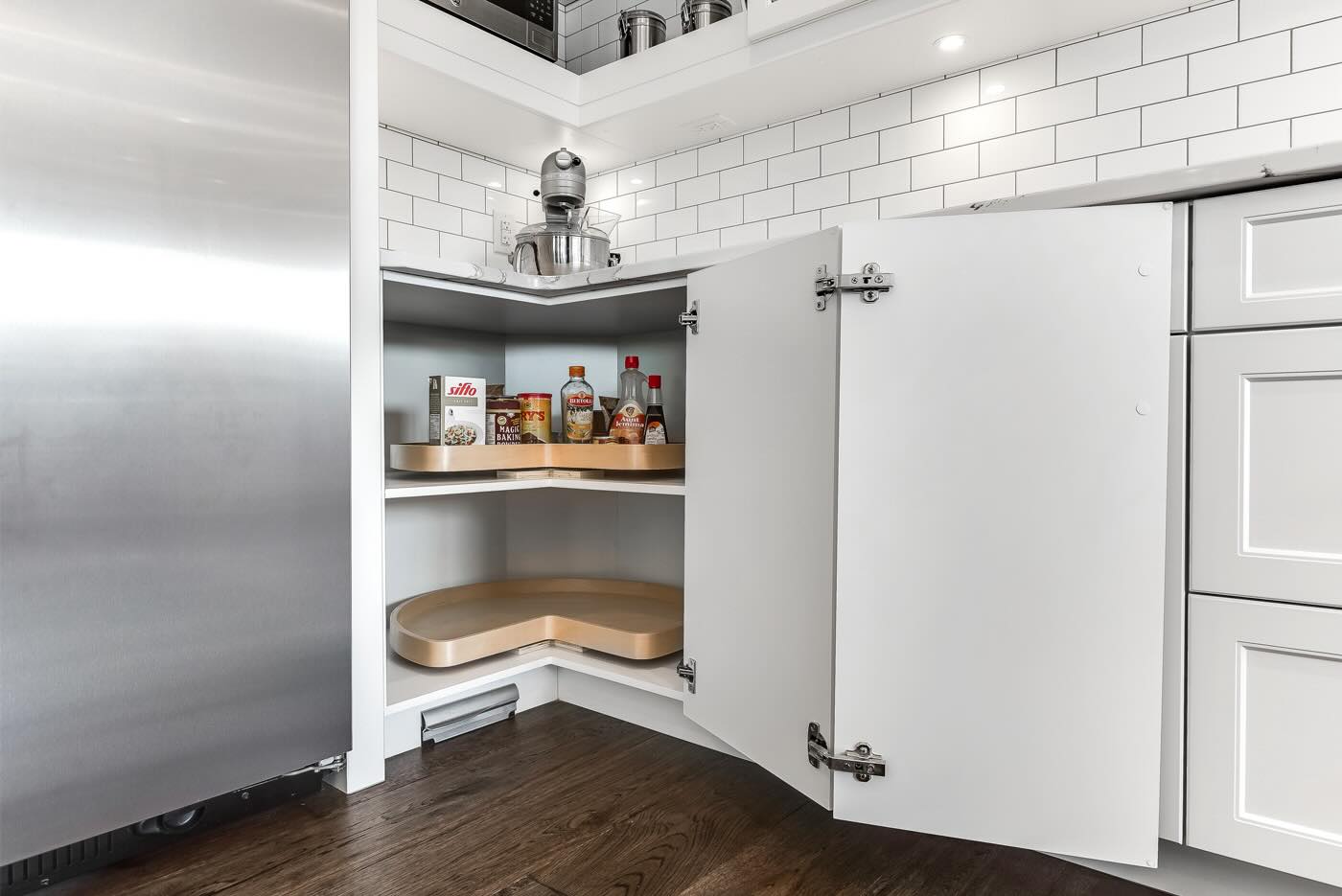
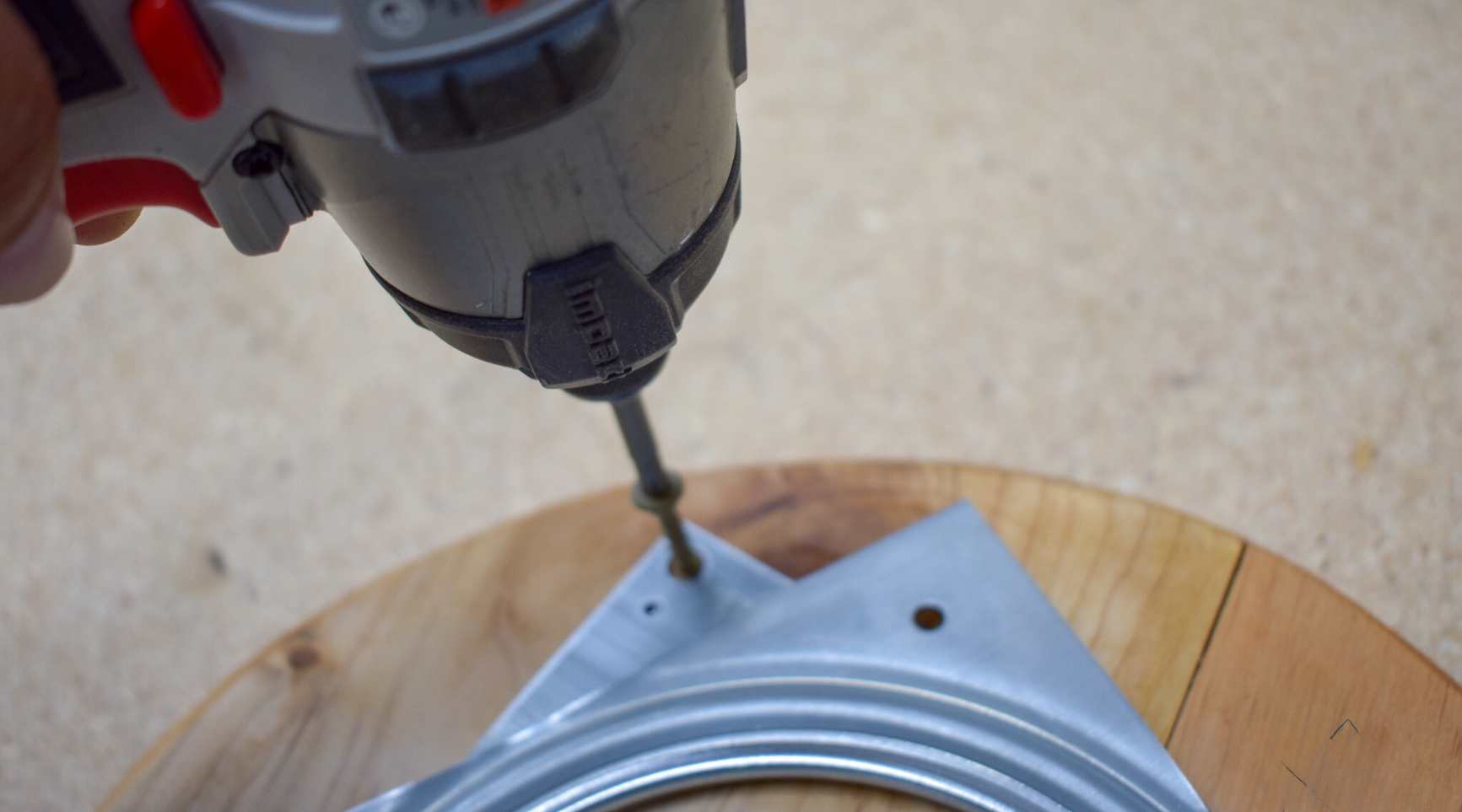
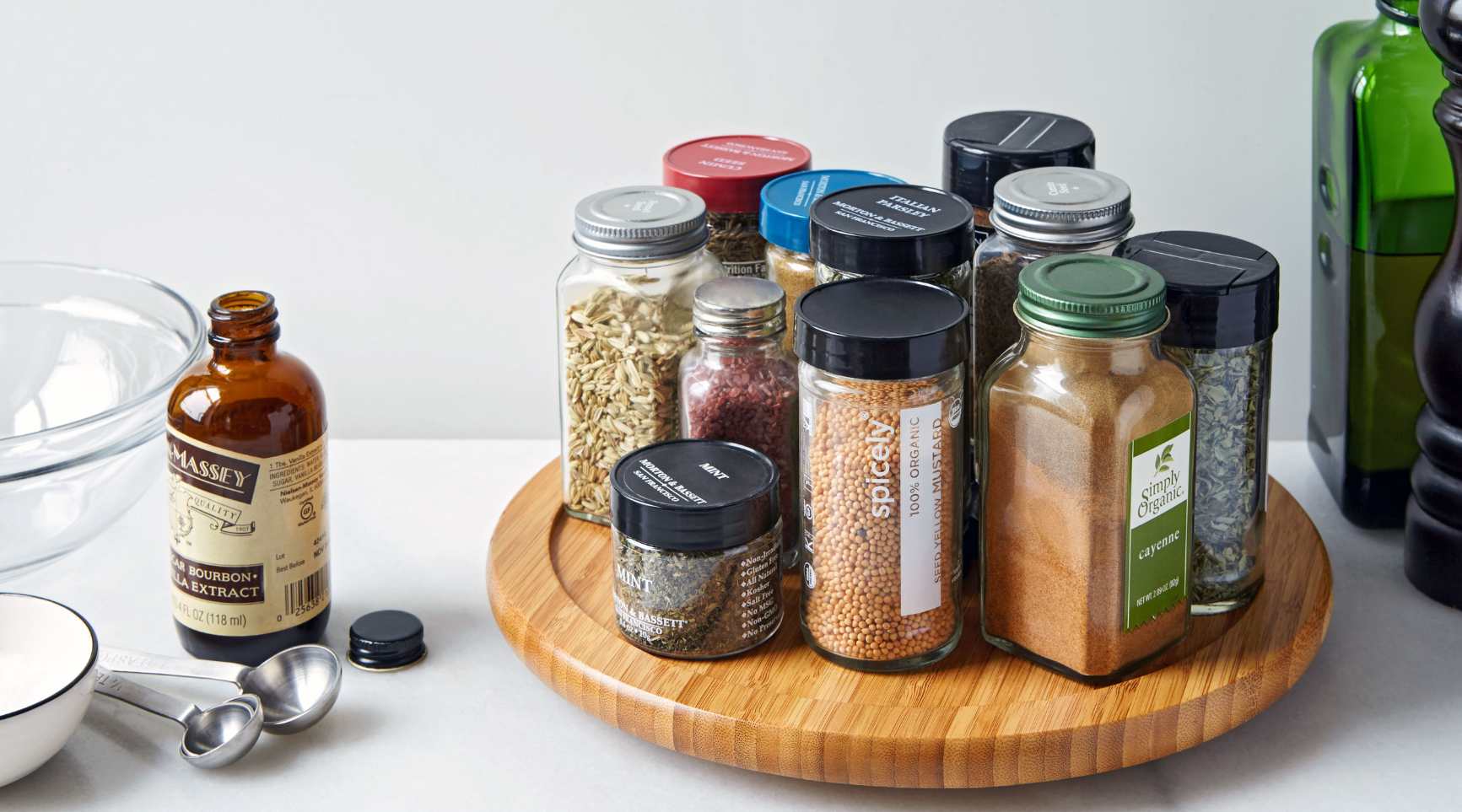


0 thoughts on “How To Organize A Lazy Susan Cabinet”